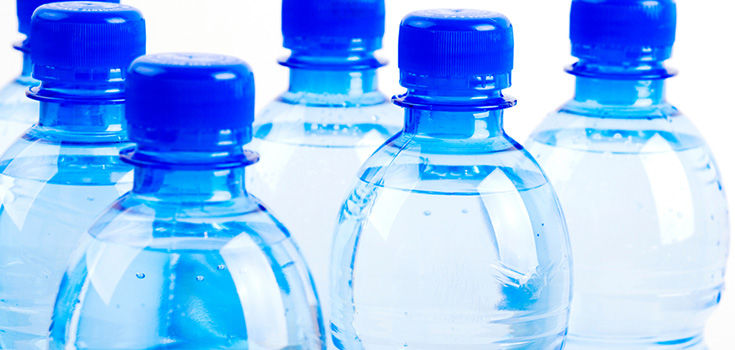Canada Officially Labels BPA Chemical as “Toxic”

In a groundbreaking move, Canada has officially recognized Bisphenol A (BPA) as a toxic chemical. This decision makes Canada the first nation to classify BPA as hazardous.
BPA is a synthetic compound commonly found in a variety of products, including food containers, baby bottles, and the linings of metal cans. Over the years, numerous studies have raised concerns about its potential health risks, linking BPA exposure to a range of issues from hormonal imbalances to developmental problems in children.
The Canadian government’s decision follows extensive research and public consultations. This move is expected to pave the way for stricter regulations on the use of BPA in consumer products. It’s a significant step forward in safeguarding public health and setting a precedent for other nations to reconsider the safety of BPA in everyday items.
George M. Enei, the director general of science and risk assessment at Environment Canada, one of two government departments that made the designation, said the move would make it easier to ban the use of BPA in specific products through regulations rather than by amending legislation, a cumbersome and slow process.
But he said the government’s first step would probably be to set limits on how much BPA can be released into the air or water by factories that use the compound.
“This is a step in a journey,” Mr. Enei said. “Once you’re on the list, it signals Canada will do something.”
While Canadian industry groups did not respond to requests for comment, the decision was condemned by the American Chemistry Council.
“Environment Canada’s announcement is contrary to the weight of worldwide scientific evidence, unwarranted and will unnecessarily confuse and alarm the public,” Steven G. Hentges, who leads the polycarbonate and BPA group at the council, said in a statement.
While industry groups have often defended BPA, citing its safety in low levels, mounting scientific evidence suggests otherwise. Many studies have shown that even minimal exposure can lead to significant health concerns, especially in infants and young children.
Canada’s move to label BPA as toxic is not just symbolic. It provides the legal foundation for introducing bans or restrictions on the use of BPA in consumer goods. While some companies have already started phasing out BPA from their products, this decision will likely accelerate the shift towards safer alternatives.
In the coming months, it will be interesting to see if other countries follow Canada’s lead in re-evaluating the status of BPA and other potentially harmful chemicals.
